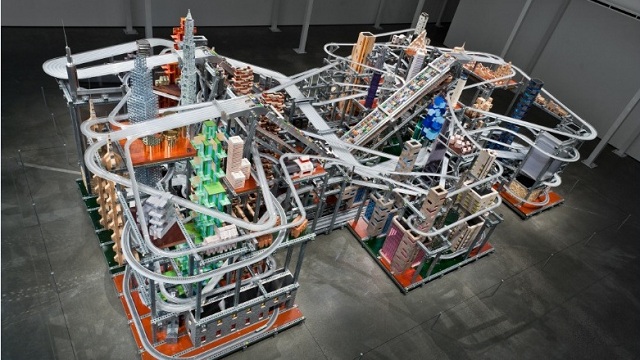Can Crowd-Funding become a Hotbed for Innovation in Education?

Crowd-funding platforms like Kickstarter and IndieGoGo have become a huge phenomenon in the tech & geek space in 2011. The idea behind those platforms is pretty simple. People who want to raise money for a project, product or cause set up a campaign and the community decides if they want to back those projects or not.
This is especially interesting when you have an idea for a product. In the olden days you needed to build a prototype and probably go to the bank or investors to raise money for the production. This was tricky as it was also hard to find out if the market would want to buy the product or not. Hence, you needed to do intensive market research to make sure your product would not catch dust on the shelves. All in all, a tedious process that prevented many smaller or “weird” ideas from making it on the market.
Crowd-funding platforms cut all that down to a pretty frictionless process as the people with ideas directly meet with people who are interested in new and often unconventional products. If the idea does not attract funding = pre-orders from the crowd you can be pretty sure that it won’t sell anyway. If you meet your goal and even get more money than you pledged for you can be pretty sure that there is a market.
If you want to learn more about Kickstarter or IndieGoGo: Kickstarter just released its review of 2011 with a lot of statistics on the projects, videos etc. and Slava Rubin, the co-founder of IndieGoGo, just did an interview with Andrew Warner of Mixergy in which they talked in detail about the concept behind crowd-funding.
But back to education. I think crowd-funding can play a key role in pushing education forward as the same rules apply. Often great ideas aren’t brought to the market because they didn’t attract the interest of investors or the creators are not sure if anyone was be interested in the product and then simply step back from their ideas.
Two projects we recently covered on EDUKWEST, The SkyLight and Biochemies, not only got the money they pledged for but surpassed their goals by 150% and over 400%.
The SkyLight connects any smartphone to any microscope which turns even the oldest one into a multi media device. Doctors in remote locations can simply start a Skype call with an expert on the other side of the globe, turn on the camera and diagnose a blood probe.
Biochemies are DNA plush toys that hydrogen bond via magnets. On the one hand, it is of course an awesome gift for any science geek, on the other hand it is a great educational toy to get children interested in science early on.
I am not sure if those products would have been possible without crowd-funding sites like Kickstarter. As I said above, it would have been extremely difficult and tedious to get the initial investment from a bank or investor and even at that point the creators could not have been sure if someone had had the intention to buy it.
Being able to use Kickstarter they not only got their products pre-ordered by a large group of interested people, they also did not need to give up stake in their project to investors or pay back interest to the bank.
On IndieGoGo and GoFundMe people can also post pledges for personal causes like raising money to be able to go to college whereas Kickstarter does not feature charity, cause or “fund my life” projects.
Picture: kuntal





